Coronavirus: Aggressive social distancing may be needed for months
Mon 23 Mar 2020, 15:40:32
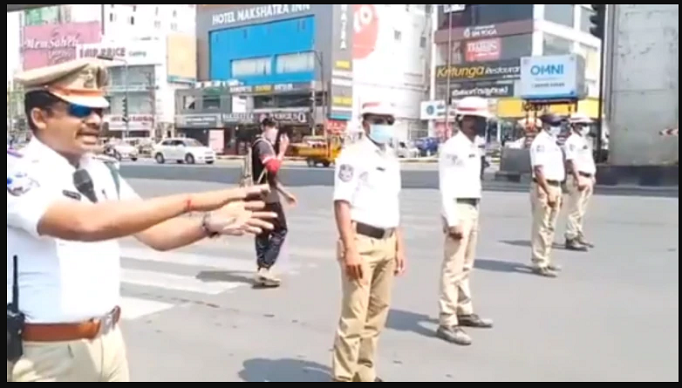
NEW DELHI : With the novel coronavirus (COVID-19) rapidly spreading across India, infecting over 413 people in just few days, studies show aggressive social distancing measures would have to be maintained for months to slow down the pandemic.
According to scientists, the public health threat represented by COVID-19 is the most serious seen in a respiratory virus since the H1N1 influenza pandemic or the Spanish Flu which infected a quarter of the world’s population in the winter of 1918-19.
Several countries including India have put vast regions under lockdown, shutting schools, offices and public transport services, calling for aggressive social distancing measures, at least until 31 March.
While a week may be too less a time to witness any decline in cases, any decision to remove restrictions could come come with potential risks of a rebound.
Scientists argue, that in coming weeks, some governments may relax measures intermittently or infections may show some decline, but these measures would have to be reintroduced immediately when case numbers begin to increase in the second wave. This is evident from the previous influenza pandemic in 1918, when the majority of deaths had occurred two years after the initial wave.
“We all want things to go back to normal quickly. But what most of us have probably not yet realized- yet will soon-is that things will not go back to normal after a few weeks or even a few months. Some things never will," writes Gideon Lichfield in MIT Technology review.
And this would mean, changing the way we live our lives and conduct every task- from working, using public transport,
going for exercise, shopping, meeting friends, attending gathering until the virus circulates in the human population.
going for exercise, shopping, meeting friends, attending gathering until the virus circulates in the human population.
Current evidence shows that the outbreak may last longer than initially expected and there would be huge economic and social costs, but changes in public behavior would have a key role to play, since no vaccine or antiviral drugs are likely to be available soon.
According to the epidemiological modeling done by Imperial College London, combined interventions including home isolation of suspect cases, home quarantine of those living in the same household as suspect cases and social distancing would need to be maintained at least until a vaccine becomes available, which could be a 18-months long wait.
But how long would people be able to maintain social distancing amid its high economic and social disruptive costs?
“The major challenge of suppression is that such intensive intervention measures will have to be maintained, because we predict that transmission will quickly rebound if interventions are relaxed," according to the study.
Social distancing is indeed the best weapon to combat the silent spread of COVID-19 and allow our healthcare system to cope with the crisis. According to Imperial College researchers, it could cut down the health-care by burden by 2/3rd.
“A balance has to be sought in how long they can be held in place, but models show that stopping measures after a few months could lead to a new peak later in the year. It would be good to investigate this further," said Professor Hans Heesterbeek from the Department of Population Health Sciences at the University of Utrecht.
No Comments For This Post, Be first to write a Comment.
Most viewed from Coronavirus Updates
Most viewed from Health
AIMIM News
Latest Urdu News
Most Viewed
May 26, 2020
Where should be the burial of the pilgrims martyred in the Saudi Arabia bus accident?
Latest Videos View All
Like Us
Home
About Us
Advertise With Us
All Polls
Epaper Archives
Privacy Policy
Contact Us
Download Etemaad App
© 2025 Etemaad Daily News, All Rights Reserved.

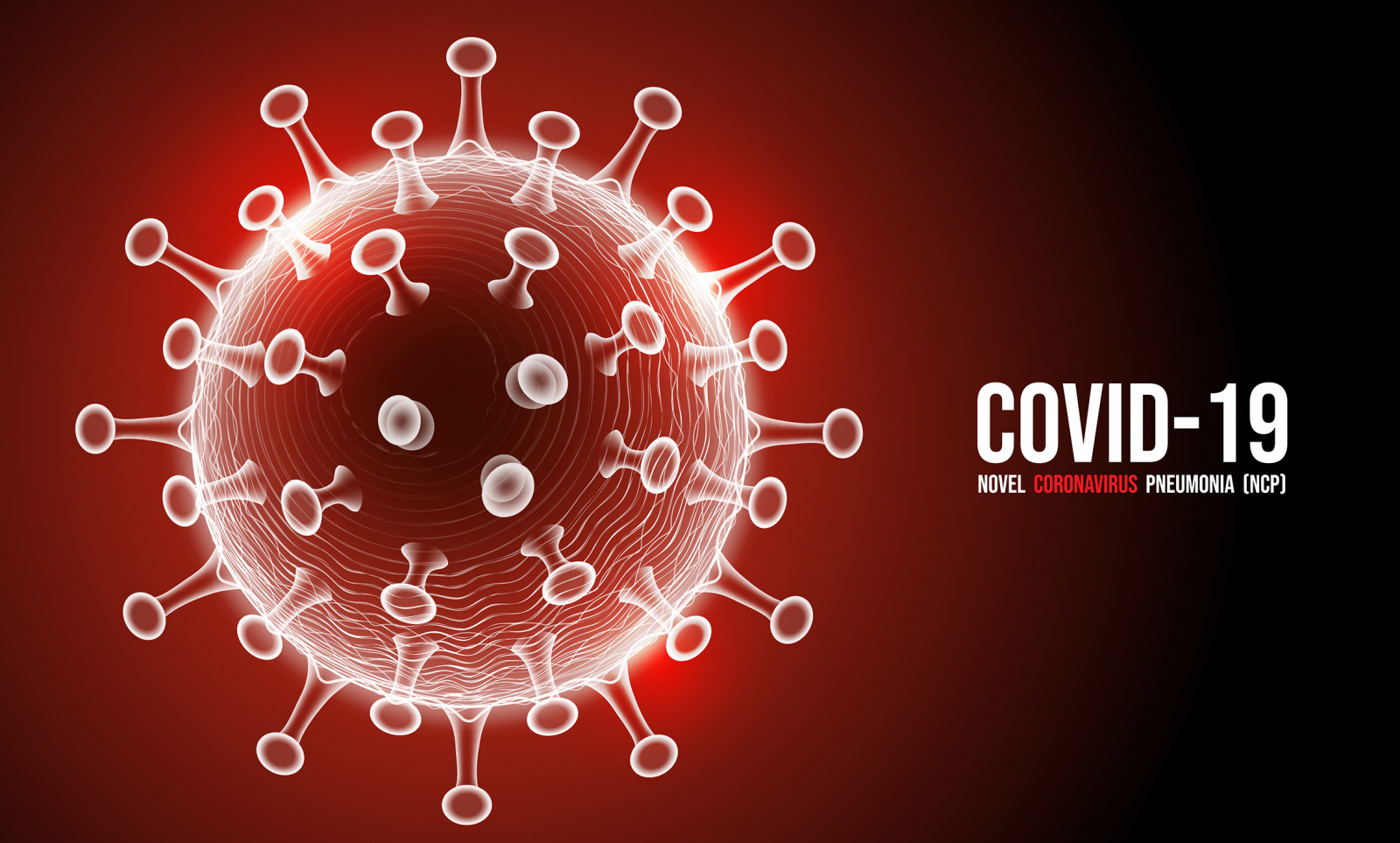

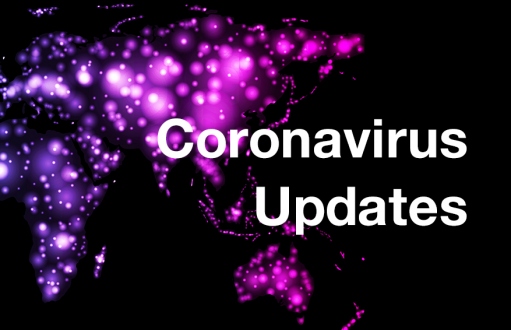
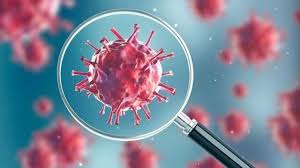
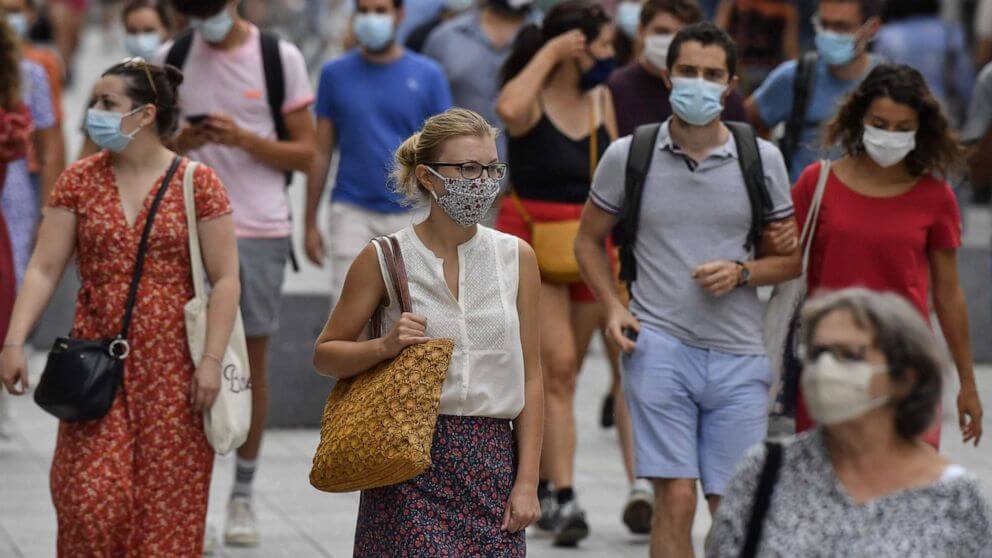

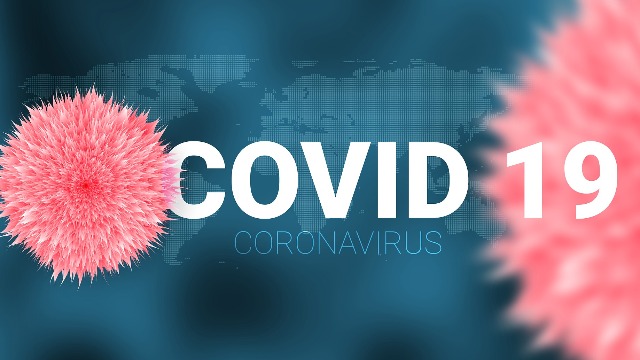

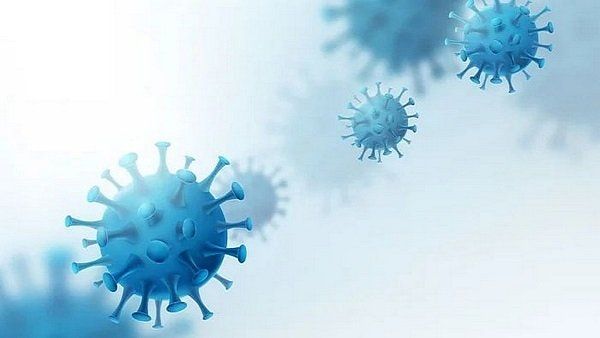
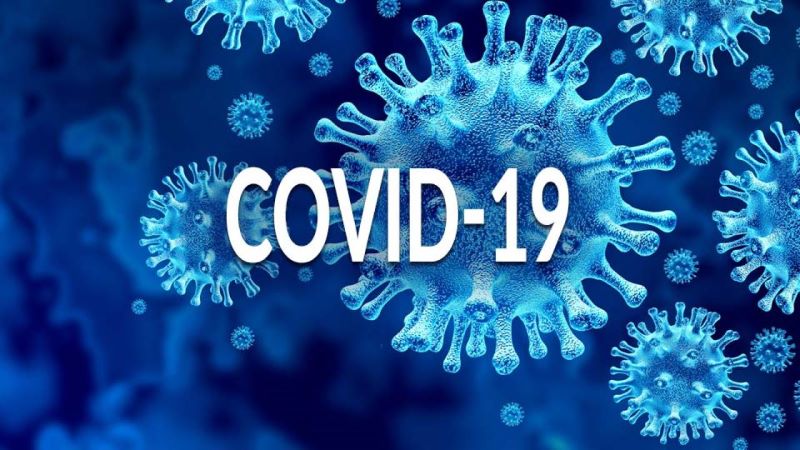
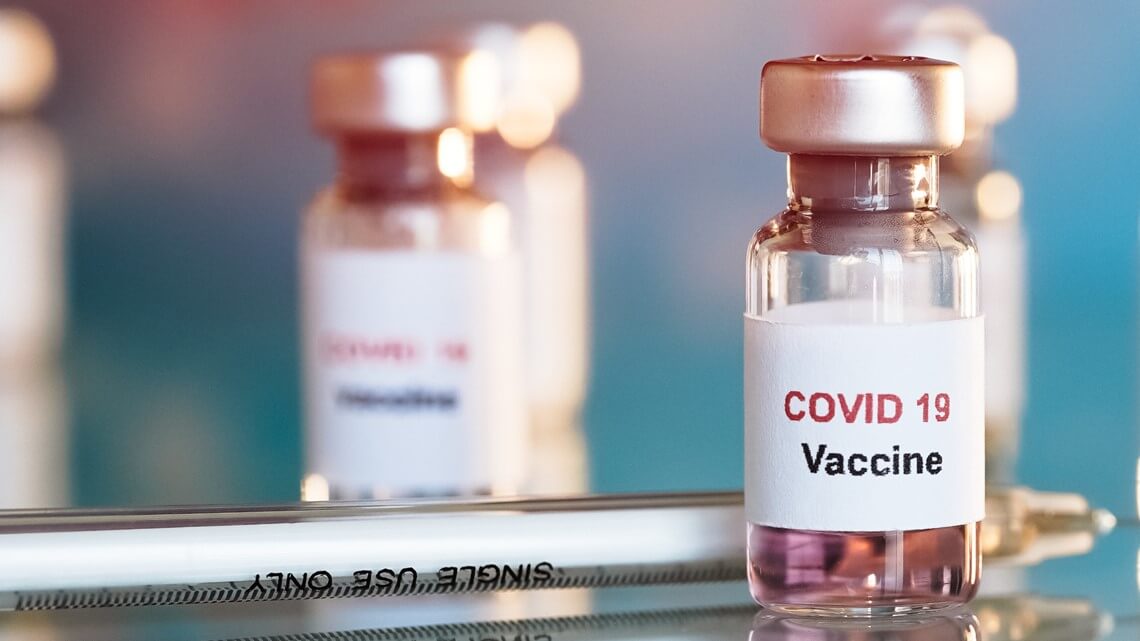
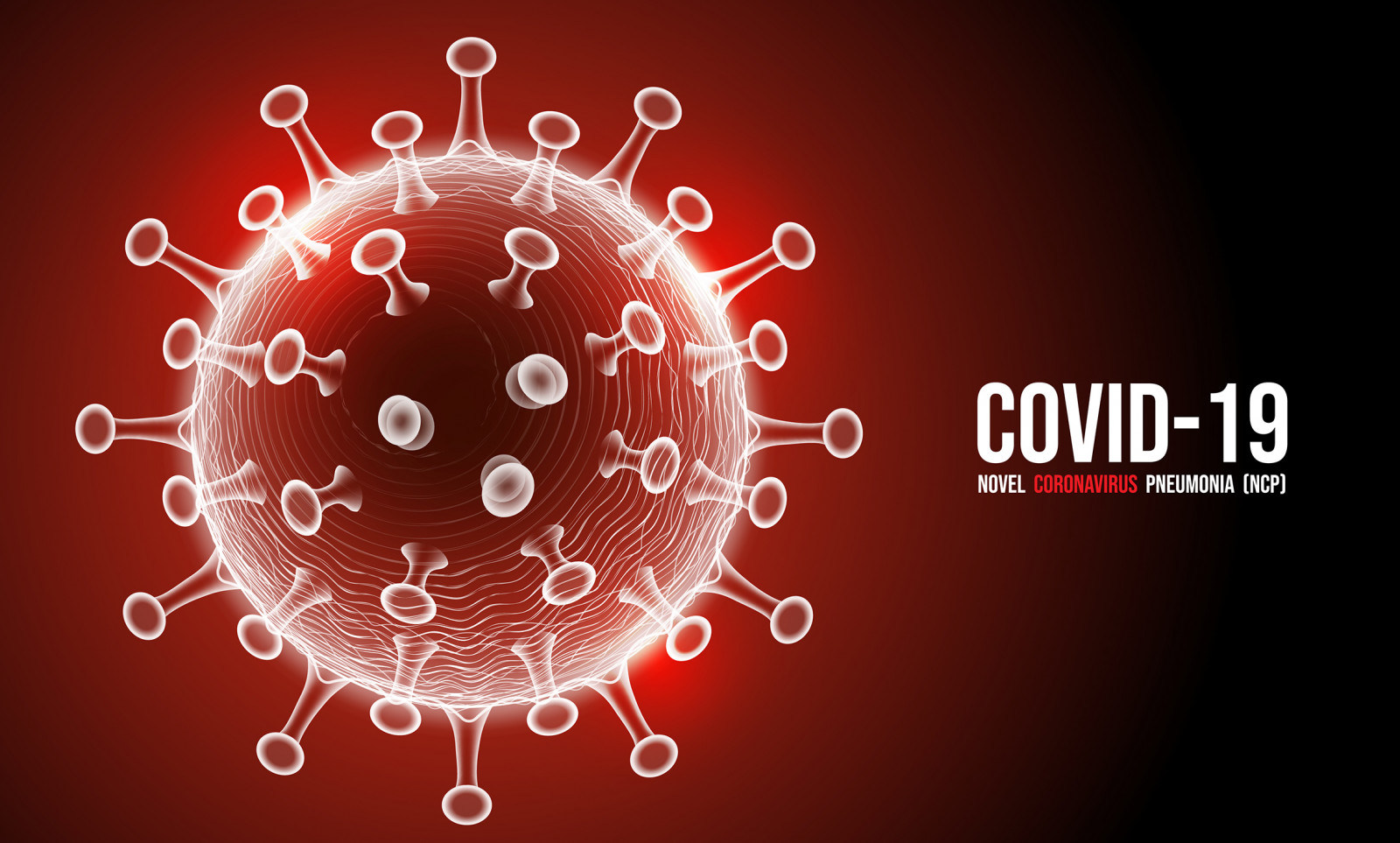

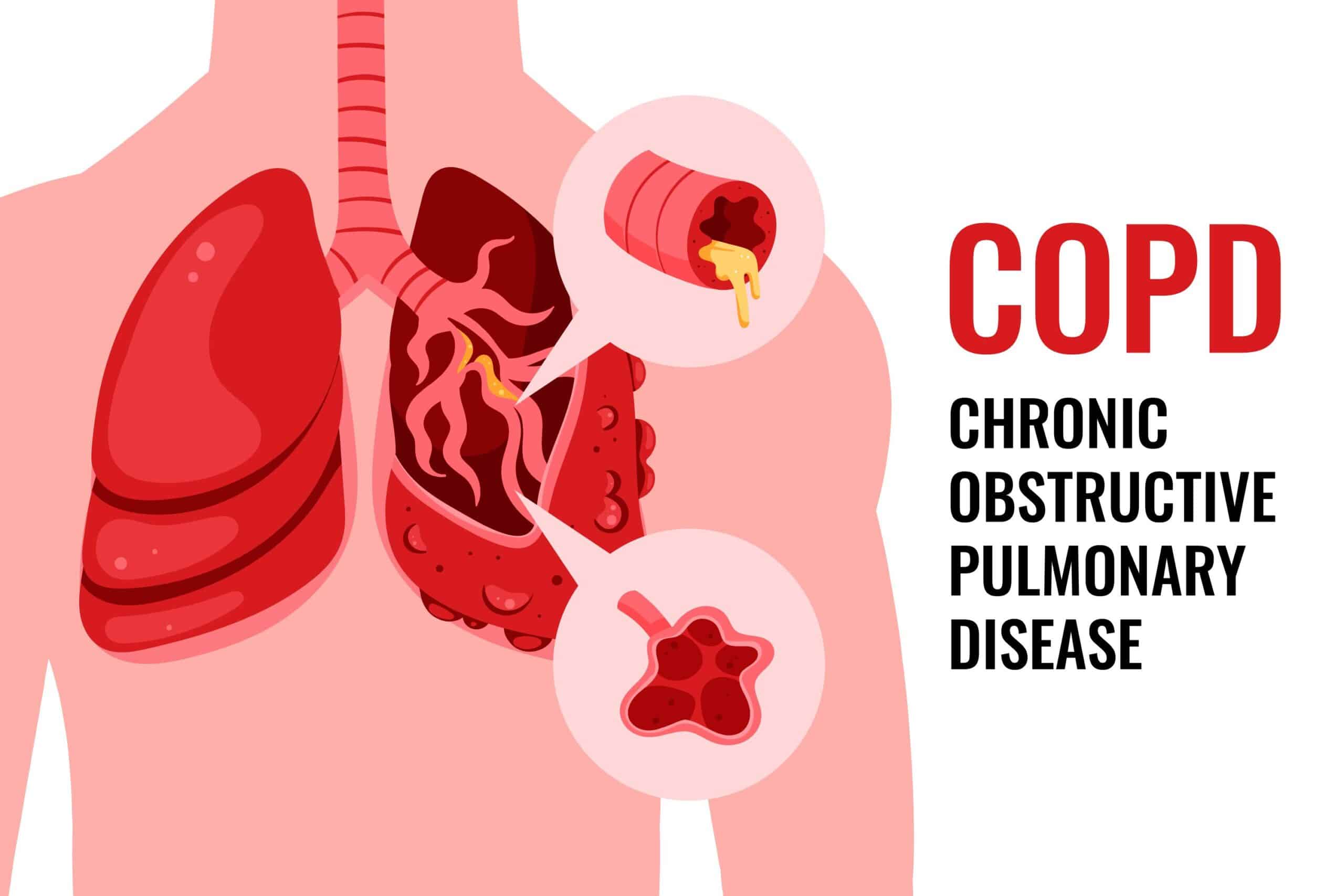



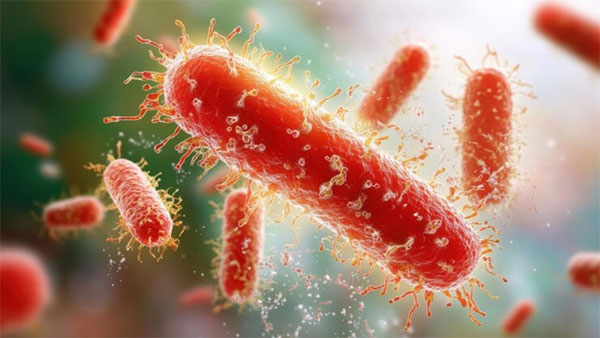

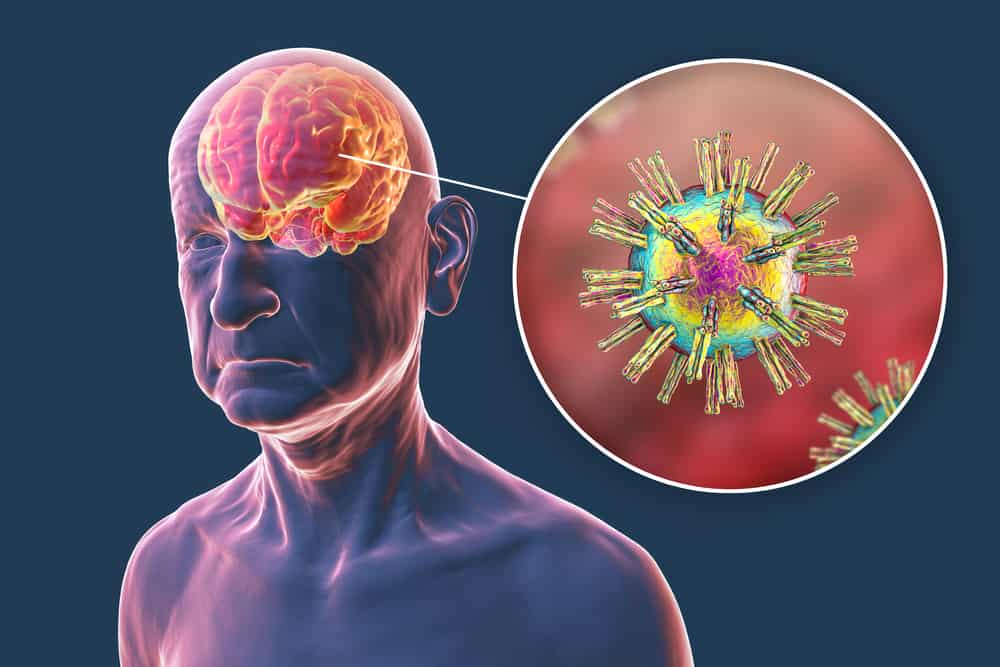


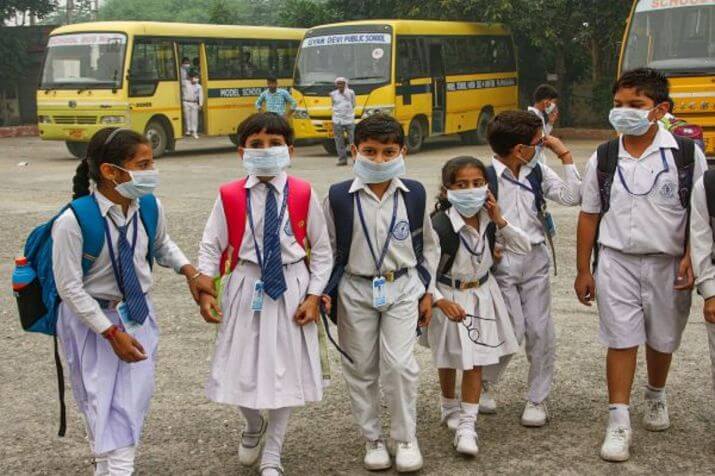
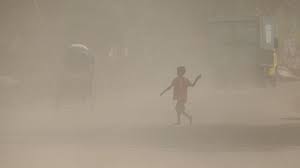






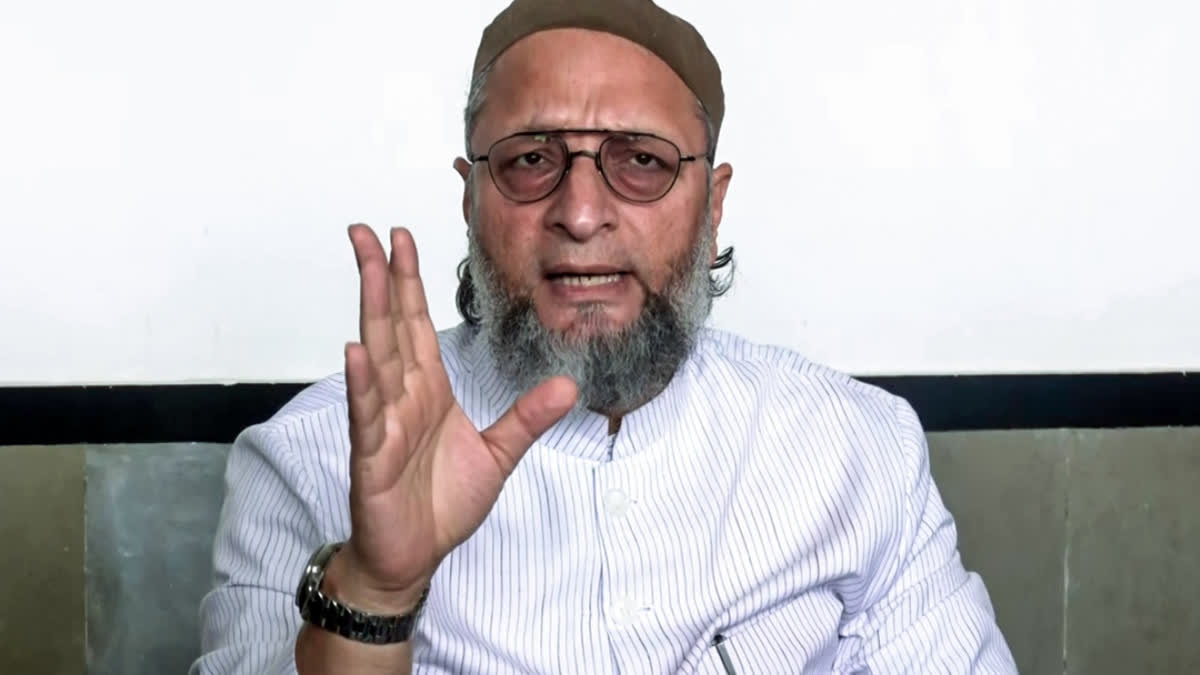
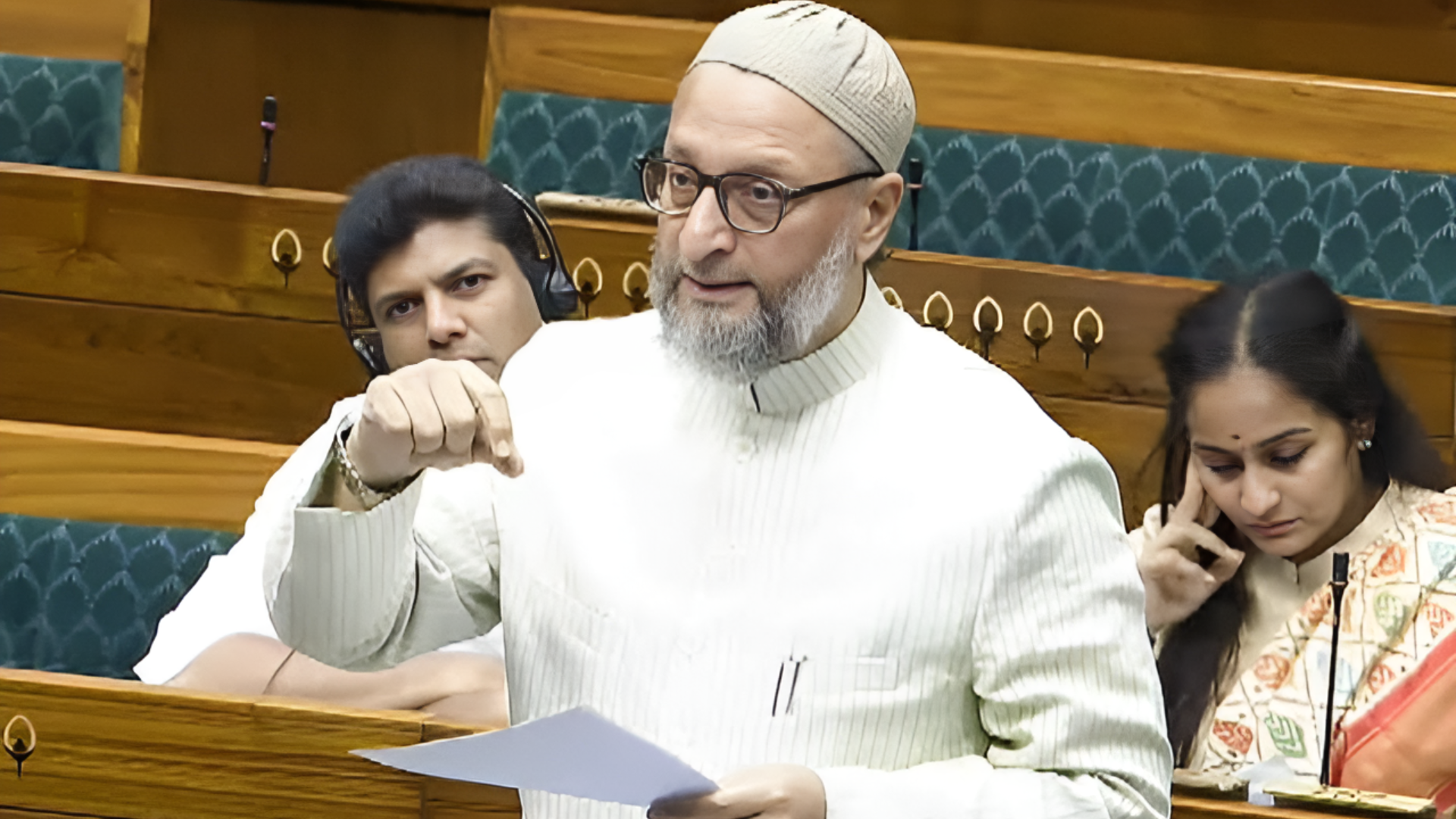
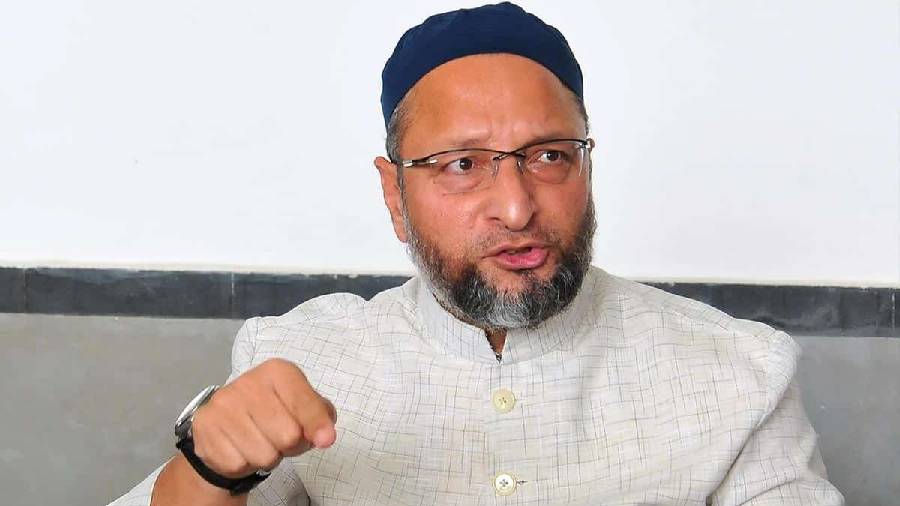
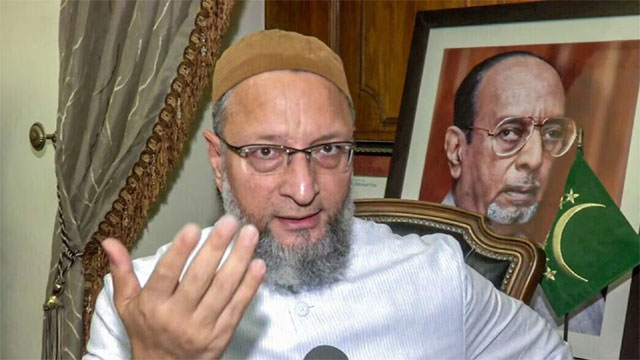

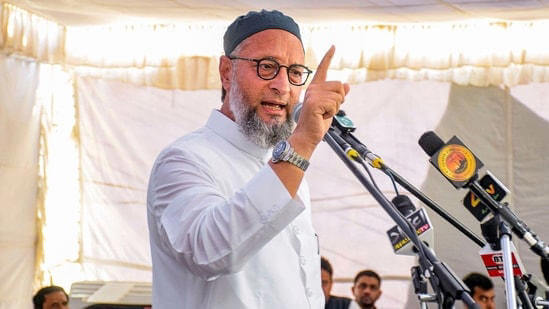
.jpg)
.jpg)
.jpg)


